At The Cutting Edge Of Intellectual Property Rights – Letting Indian Creativity To Flourish
A sculpture at The Body in Indian Art exhibition at the national museum in New Delhi, India. (Pradeep Gaur/Mint via Getty Images)
There is money in intellectual property rights (IPR). In case you don’t believe me, I refer you to a “Paradise Papers”-related report in the New York Times on 6 November (‘After a Tax Crackdown, Apple Found a New Shelter for Its Profits’), which suggests that Apple sheltered $200 billion worth of intellectual property in Ireland, using a peculiar provision in Irish law; $200 billion – a serious chunk of change.
India woke up relatively late to this fact and to the related fact that there is a global regimen of IP rights that you have to play in properly to get value out of it. The country has been busy fighting fires over IP (especially as related to the pharma industry and to accession to the World Trade Organization) and US Super 301 trade sanctions, and it was only in 2016 that a comprehensive IPR Policy was finally adopted. (Disclaimer: I was a member of the six-person panel that wrote it, but what I say here is my personal opinion, which may not coincide with the opinions of the Government of India or the rest of the panel).
There is a curious dichotomy in intellectual property. On the one hand, IP rights are private rights guaranteed by a government to the inventor or creator of something new, which, in effect, gives them monopoly power over the use of their idea. On the other hand, these rights are given for a limited period of time, so that the ideas can and eventually will be available to the entire public, in an equitable manner.
There is continuous tension between these two perspectives. Any policy, necessarily, has to keep in mind both these perspectives, and the panel received hundreds of comments from the public and from officials of various nations in response to the first public draft that was posted. Interestingly, but not surprisingly, there were earnest submissions from groups that demanded diametrically opposite things, which were often difficult to reconcile.
The traditional Indian model for innovation is IP-free
One of the other interesting dichotomies is the remarkable fact, in spite of what common sense might suggest, that there is no clear correlation between a strong IPR regime and the level of innovation in any nation. (Obviously, there could therefore not be a causal link either). This observation is well-known among those in the field, and there is also academic research behind it (for instance, Petra Moser of MIT in ‘Patents and Innovation: Evidence from Economic History’, 2013, American Economic Association).
The other side of it is that IPR-less environments can produce extraordinarily good products as well. The best modern example is that of the open-source movement in software, which has produced, among other things, GNU/Linux, Apache, MySQL, Firefox, Android and LibreOffice, all of which are industry strength. There is also the similar open-source hardware effort, and others in pharma and ecology, although they are not quite as successful.
But a better example of open-source principles may well be the traditional Indian model of developing intellectual goods. We have a racial memory of great creative works being sponsored by temples or kings (the works of the ashtadiggajas at the court of Krishnadeva Raya, or Narayaneeyam composed at the Guruvayur temple) and made freely available to the public, often without even signing them.
There is the case of the severe Buddhist logician, Dharmakirti. There is also a Dharmakirti who wrote surpassingly beautiful, erotic poetry, and we have to depend on obscure clues to understand that it was the same person. The person who invented the zero was, probably, Brahmagupta. Imagine the IPR claims he could make if he had bothered to patent his idea!
A century ago, Jagadish Chandra Bose invented the principles of wireless telecommunication, but he refused to patent them on principle (as he believed in the Indian model of knowledge generation). Guglielmo Marconi did patent them, and he became rich and famous.
Today’s world of tight IPR regimes requires that India should adhere to the general principles followed by the rest of the world. That was one of the motives behind the creation of the IPR Policy. But one notable thing about it is that the policy put on par two types of IPR: the innovative and the creative. Its very motto is “innovative India, creative India”. (To clarify, patents are for inventions — example, an electric car engine; copyrights, for creative output — example, books and music).
There are two good reasons for this. One is that India has a comparative advantage in the creative arts. If you look at the whole gamut of creativity, in everything, from the performing arts to literature to architecture to designs to traditional knowledge systems, India has a tremendous heritage. It was not just for local consumption, but also for export. For instance, even today, many languages in Greater India (ASEAN region) still follow versions of Devanagari or other Indian scripts, and are full of Indic words.
More dramatically, Indic principles of temple architecture have reached their zenith in Borobudur in Java, Indonesia, the Buddhist temple that is the largest structure in the entire Southern Hemisphere; or in the Angkor Wat complex in Cambodia, the largest religious structure in the world.
In everything, from textiles (so many of the very words come from India: paisley, calico, bleeding madras, muslin, chintz, seersucker) to designs (the humble kolam so casually done by a woman on a doorstep, is frequently an advanced fractal object), India has had an edge. If we extend this to films and music and digital content and games and animation, India could do well (although, there is no time to lose, look at the success of K-pop and J-pop, or Korean mobile games like Lineage M).
Furthermore, as the world faces a future when artificial intelligence (AI) takes over, a lot of the more analytical jobs, human creativity and ingenuity will become more important. Even though, yes, I have seen an AI program called “Today’s Rembrandt”, which can produce a portrait that will have the brush strokes and the type of subject the artist often used, it is still soul-less, a mere copy. Will we reach a point where AI can produce real literary, poetic and artistic masterpieces? I don’t know, but I think not. Aesthetics will, probably, remain a human forte.
The case of media and entertainment shows we have a long way to go
There has been a persistent feeling among trade lawyers in the United States (US) that there is substantial theft of their copyrighted media and entertainment assets in India through piracy. In true symmetry, Indian trade representatives feel that there is substantial piracy of Indian films and music to reach out to the Indian diaspora and consumers in Pakistan, the former Soviet Union, and Africa, using US servers. Thus, both sides have had a gripe against each other.
In preparation for a seminar on India-US trade, I looked up the ‘KPMG India-FICCI Media and Entertainment Report 2017’ for data on the industry. It turns out that India’s industry is minuscule, at $16 billion versus the total global industry revenues of $2.2 trillion; so, it is less than 1 per cent. However, there is high growth. India revenues are growing at 13 per cent versus the world average of 6 per cent. In particular, digital is growing now at over 20 per cent a year and may accelerate to 30 per cent.
There are only about 100-150 Hollywood films released in India every year, and they consistently account for about 10 per cent of the market, year after year. With new digital distribution channels such as Netflix and Amazon Prime coming in, perhaps more users will get used to this. I remember an Uber driver who was a film buff and an ardent fan of Netflix.
The Indian film industry is about 16 per cent Bollywood and the rest is regional cinema. Surprisingly, the four southern languages produce about half the total of 1,400 films. Hindi TV generates the most ad revenue, even though viewership is, again, 30 per cent Hindi and 30 per cent regional channels. These facts suggest that the Indian market is highly fragmented, but also that local content is more than holding its own against imported content. It also suggests that incidents of piracy of imported content will remain at manageable levels.
The preference for local over imported content is a global phenomenon: Mexican tele-serials or telenovelas rapidly displaced US-made soaps. Similarly, there was a time when US serials like Dallas or Dynasty were popular in India, but no more.
All this creates an opportunity as well as a synergy. India’s fragmented regional language markets are too small for global players to compete in the area of content. That is best left to local entrepreneurs who understand customer tastes best. Besides, both in animation and in digital content in general, India is getting to be quite good. With the arrival of the Baahubali phenomenon, India has demonstrated that it has world-class content creators who can tell a stirring tale.
On the other hand, what global players can bring is marketing/branding, financing, and distribution muscle. Thus, both parties can help each other out in a loose federation. Such a federated business model, in fact, was put together by Electronic Arts in the video game business (which is surprisingly similar to the film business) and is worth considering.
With the arrival of new Indian digital distributors such as Hotstar, Zee, Sony Live, and others, as well as the provision of substantial bandwidth by Jio and its mobile competitors, the consumption of Indian digital content will go up. This opens up avenues for nimble new players.
The real problems of copyright holders are related to fair compensation
In conversations and submissions by stakeholders to the IP Policy panel, there were complaints about the problems faced by copyright holders and they basically boiled down to the fact that the creators were not necessarily getting the royalties they believed were due to them.
Another anomaly was that the copyright area was handled separately, by a different ministry, rather than the Commerce Ministry that handled most of the other IPR.
A third is the area of “fair use” and exceptions to the general rules, where reasonable people differ. Does xeroxing a chapter from a book amount to “fair use” by a student? Under what exceptional circumstances does the creator of IPR not normally have IPR rights, perhaps as a condition of employment?
Accordingly, we made a number of recommendations to the government: consolidate the copyright administration and enforcement along with the other IPRs. Monitor and audit the copyright societies that are entrusted with the task of collecting and distributing royalties; reconsider and rationalise exceptions and “fair use” provisions; improve mechanisms to combat online and offline piracy, including anti-camcording laws and protection against signal theft and circumvention of digital rights management technology.
Many, but not all of our recommendations were accepted and included in the final policy, and presumably, further improvements will be made over time, so that the rights of creative individuals will be well and truly protected in India. This should provide incentives for entrepreneurs in film, TV, digital content, music, games and animation.
Rajeev Srinivasan focuses on strategy and innovation, which he worked on at Bell Labs and in Silicon Valley. He has taught innovation at several IIMs. An IIT Madras and Stanford Business School grad, he has also been a conservative columnist for twenty years.
とても興味深く読みました:
\documentclass[12pt]{article}
\usepackage{latexsym,amsmath,amssymb,amsfonts,amstext,amsthm}
\numberwithin{equation}{section}
\begin{document}
\title{\bf Announcement 380: What is the zero?\\
(2017.8.21)}
\author{{\it Institute of Reproducing Kernels}\\
Kawauchi-cho, 5-1648-16,\\
Kiryu 376-0041, Japan\\
}
\date{\today}
\maketitle
\section{What is the zero?}
The zero $0$ as the complex number or real number is given clearly by the axions by the complex number field and real number field.
For this fundamental idea, we should consider the {\bf Yamada field} containing the division by zero. The Yamada field and the division by zero calculus will arrange our mathematics, beautifully and completely; this will be our natural and complete mathematics.
\medskip
\section{ Double natures of the zero $z=0$}
The zero point $z=0$ represents the double natures; one is the origin at the starting point and another one is a representation of the point at infinity. One typical and simple example is given by $e^0 = 1,0$, two values. {\bf God loves two}.
\section{Standard value}
\medskip
The zero is a center and stand point (or bases, a standard value) of the coordinates - here we will consider our situation on the complex or real 2 dimensional spaces. By stereographic
projection mapping or the Yamada field, the point at infinity $1/0$ is represented by zero. The origin of the coordinates and the point at infinity correspond each other.
As the standard value, for the point $\omega_n = \exp \left(\frac{\pi}{n}i\right)$ on the unit circle $|z|=1$ on the complex $z$-plane is, for $n = 0$:
\begin{equation}
\omega_0 = \exp \left(\frac{\pi}{0}i\right)=1, \quad \frac{\pi}{0} =0.
\end{equation}
For the mean value
$$
M_n = \frac{x_1 + x_2 +... + x_n}{n},
$$
we have
$$
M_0 = 0 = \frac{0}{0}.
$$
\medskip
\section{ Fruitful world}
\medskip
For example, for very and very general partial differential equations, if the coefficients or terms are zero, then we have some simple differential equations and the extreme case is all the terms are zero; that is, we have trivial equations $0=0$; then its solution is zero. When we consider the converse, we see that the zero world is a fruitful one and it means some vanishing world. Recall Yamane phenomena (\cite{kmsy}), the vanishing result is very simple zero, however, it is the result from some fruitful world. Sometimes, zero means void or nothing world, however, it will show {\bf some changes} as in the Yamane phenomena.
\section{From $0$ to $0$; $0$ means all and all are $0$}
\medskip
As we see from our life figure (\cite{osm}), a story starts from the zero and ends with the zero. This will mean that $0$ means all and all are $0$. The zero is a {\bf mother} or an {\bf origin} of all.
\medskip
\section{ Impossibility}
\medskip
As the solution of the simplest equation
\begin{equation}
ax =b
\end{equation}
we have $x=0$ for $a=0, b\ne 0$ as the standard value, or the Moore-Penrose generalized inverse. This will mean in a sense, the solution does not exist; to solve the equation (6.1) is impossible.
We saw for different parallel lines or different parallel planes, their common points are the origin. Certainly they have the common points of the point at infinity and the point at infinity is represented by zero. However, we can understand also that they have no solutions, no common points, because the point at infinity is an ideal point.
Of course. we can consider the equation (6.1) even the case $a=b=0$ and then we have the solution $x=0$ as we stated.
We will consider the simple differential equation
\begin{equation}
m\frac{d^2x}{dt^2} =0, m\frac{d^2y}{dt^2} =-mg
\end{equation}
with the initial conditions, at $t =0$
\begin{equation}
\frac{dx}{dt} = v_0 \cos \alpha , \frac{d^2x}{dt^2} = \frac{d^2y}{dt^2}=0.
\end{equation}
Then, the highest high $h$, arriving time $t$, the distance $d$ from the starting point at the origin to the point $y(2t) =0$ are given by
\begin{equation}
h = \frac{v_0 \sin^2 \alpha}{2g}, d= \frac{v_0\sin \alpha}{g}
\end{equation}
and
\begin{equation}
t= \frac{v_0 \sin \alpha}{g}.
\end{equation}
For the case $g=0$, we have $h=d =t=0$. We considered the case that they are the infinity; however, our mathematics means zero, which shows impossibility.
These phenomena were looked many cases on the universe; it seems that {\bf God does not like the infinity}.
\bibliographystyle{plain}
\begin{thebibliography}{10}
\bibitem{kmsy}
M. Kuroda, H. Michiwaki, S. Saitoh, and M. Yamane,
New meanings of the division by zero and interpretations on $100/0=0$ and on $0/0=0$,
Int. J. Appl. Math. {\bf 27} (2014), no 2, pp. 191-198, DOI: 10.12732/ijam.v27i2.9.
\bibitem{msy}
H. Michiwaki, S. Saitoh, and M.Yamada,
Reality of the division by zero $z/0=0$. IJAPM International J. of Applied Physics and Math. {\bf 6}(2015), 1--8. http://www.ijapm.org/show-63-504-1.html
\bibitem{ms}
T. Matsuura and S. Saitoh,
Matrices and division by zero $z/0=0$, Advances in Linear Algebra
\& Matrix Theory, 6 (2016), 51-58. http://dx.doi.org/10.4236/alamt.2016.62007 http://www.scirp.org/journal/alamt
\bibitem{mos}
H. Michiwaki, H. Okumura, and S. Saitoh,
Division by Zero $z/0 = 0$ in Euclidean Spaces.
International Journal of Mathematics and Computation Vol. 28(2017); Issue 1, 2017), 1-16.
\bibitem{osm}
H. Okumura, S. Saitoh and T. Matsuura, Relations of $0$ and $\infty$,
Journal of Technology and Social Science (JTSS), 1(2017), 70-77.
\bibitem{romig}
H. G. Romig, Discussions: Early History of Division by Zero,
American Mathematical Monthly, Vol. 31, No. 8. (Oct., 1924), pp. 387-389.
\bibitem{s}
S. Saitoh, Generalized inversions of Hadamard and tensor products for matrices, Advances in Linear Algebra \& Matrix Theory. {\bf 4} (2014), no. 2, 87--95. http://www.scirp.org/journal/ALAMT/
\bibitem{s16}
S. Saitoh, A reproducing kernel theory with some general applications,
Qian,T./Rodino,L.(eds.): Mathematical Analysis, Probability and Applications - Plenary Lectures: Isaac 2015, Macau, China, Springer Proceedings in Mathematics and Statistics, {\bf 177}(2016), 151-182 (Springer).
\bibitem{ttk}
S.-E. Takahasi, M. Tsukada and Y. Kobayashi, Classification of continuous fractional binary operations on the real and complex fields, Tokyo Journal of Mathematics, {\bf 38}(2015), no. 2, 369-380.
\bibitem{ann179}
Announcement 179 (2014.8.30): Division by zero is clear as z/0=0 and it is fundamental in mathematics.
\bibitem{ann185}
Announcement 185 (2014.10.22): The importance of the division by zero $z/0=0$.
\bibitem{ann237}
Announcement 237 (2015.6.18): A reality of the division by zero $z/0=0$ by geometrical optics.
\bibitem{ann246}
Announcement 246 (2015.9.17): An interpretation of the division by zero $1/0=0$ by the gradients of lines.
\bibitem{ann247}
Announcement 247 (2015.9.22): The gradient of y-axis is zero and $\tan (\pi/2) =0$ by the division by zero $1/0=0$.
\bibitem{ann250}
Announcement 250 (2015.10.20): What are numbers? - the Yamada field containing the division by zero $z/0=0$.
\bibitem{ann252}
Announcement 252 (2015.11.1): Circles and
curvature - an interpretation by Mr.
Hiroshi Michiwaki of the division by
zero $r/0 = 0$.
\bibitem{ann281}
Announcement 281 (2016.2.1): The importance of the division by zero $z/0=0$.
\bibitem{ann282}
Announcement 282 (2016.2.2): The Division by Zero $z/0=0$ on the Second Birthday.
\bibitem{ann293}
Announcement 293 (2016.3.27): Parallel lines on the Euclidean plane from the viewpoint of division by zero 1/0=0.
\bibitem{ann300}
Announcement 300 (2016.05.22): New challenges on the division by zero z/0=0.
\bibitem{ann326}
Announcement 326 (2016.10.17): The division by zero z/0=0 - its impact to human beings through education and research.
\bibitem{ann352}
Announcement 352(2017.2.2): On the third birthday of the division by zero z/0=0.
\bibitem{ann354}
Announcement 354(2017.2.8): What are $n = 2,1,0$ regular polygons inscribed in a disc? -- relations of $0$ and infinity.
\bibitem{362}
Announcement 362(2017.5.5): Discovery of the division by zero as
$0/0=1/0=z/0=0$.
\end{thebibliography}
\end{document}
The division by zero is uniquely and reasonably determined as 1/0=0/0=z/0=0 in the natural extensions of fractions. We have to change our basic ideas for our space and world
Division by Zero z/0 = 0 in Euclidean Spaces
Hiroshi Michiwaki, Hiroshi Okumura and Saburou Saitoh
International Journal of Mathematics and Computation Vol. 28(2017); Issue 1, 2017), 1
-16.
http://www.scirp.org/journal/alamt http://dx.doi.org/10.4236/alamt.2016.62007
http://www.ijapm.org/show-63-504-1.html
http://www.diogenes.bg/ijam/contents/2014-27-2/9/9.pdf
http://okmr.yamatoblog.net/division%20by%20zero/announcement%20326-%20the%20divi
http://okmr.yamatoblog.net/
Relations of 0 and infinity
Hiroshi Okumura, Saburou Saitoh and Tsutomu Matsuura:
http://www.e-jikei.org/…/Camera%20ready%20manuscript_JTSS_A…
https://sites.google.com/site/sandrapinelas/icddea-2017
2017.8.21.06:37





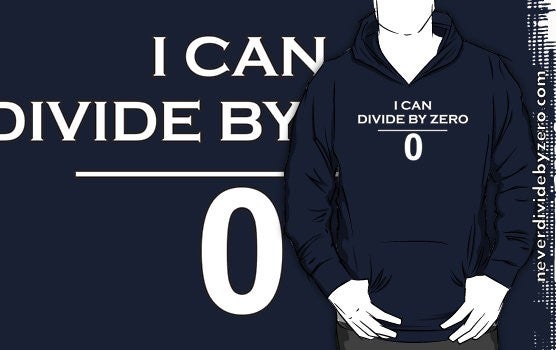



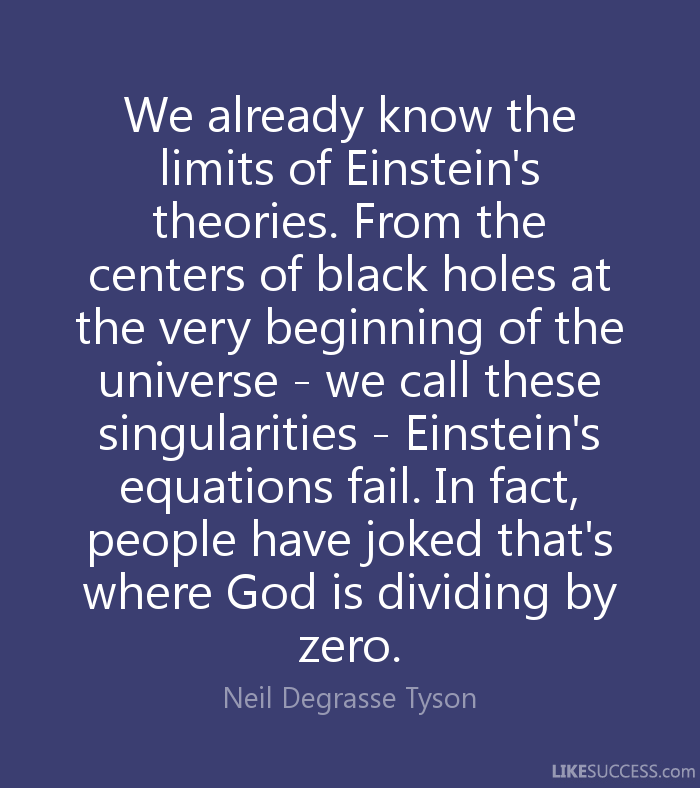



























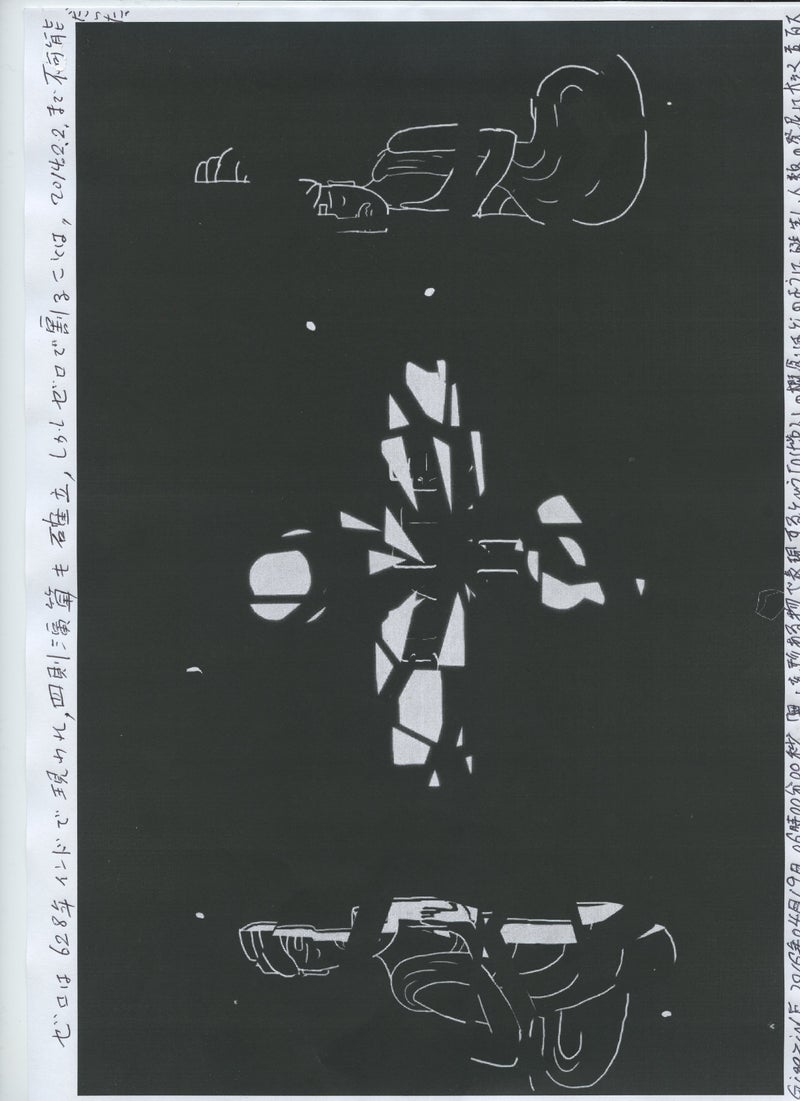






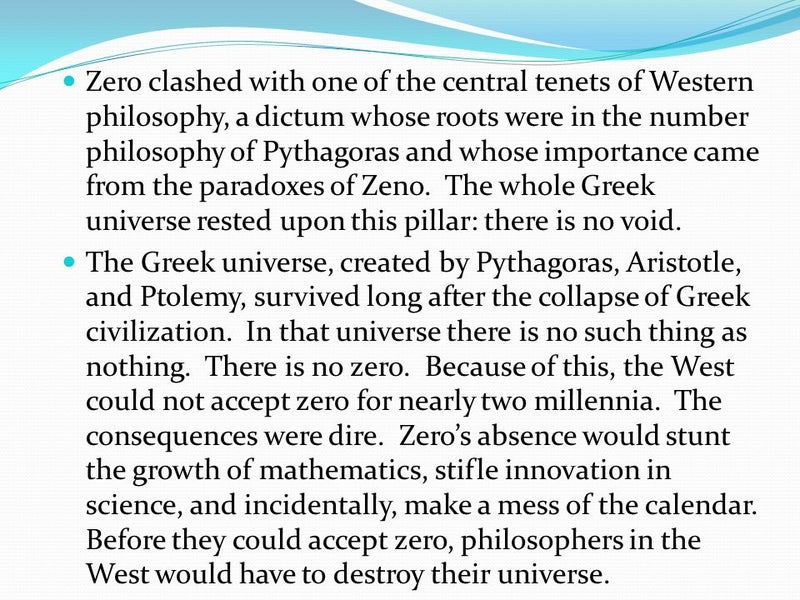



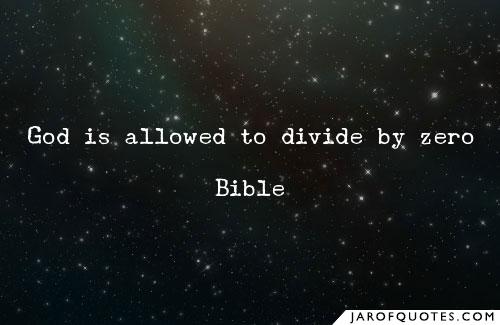












0 件のコメント:
コメントを投稿